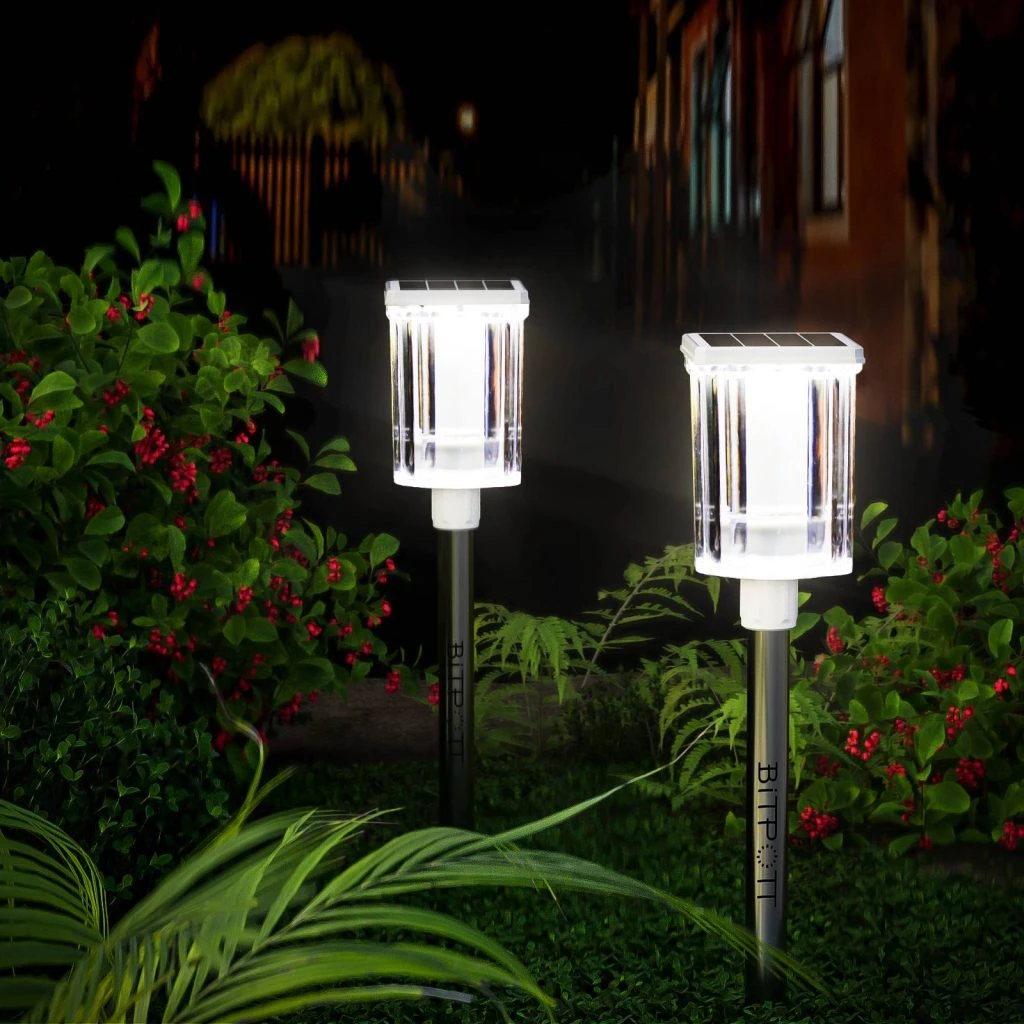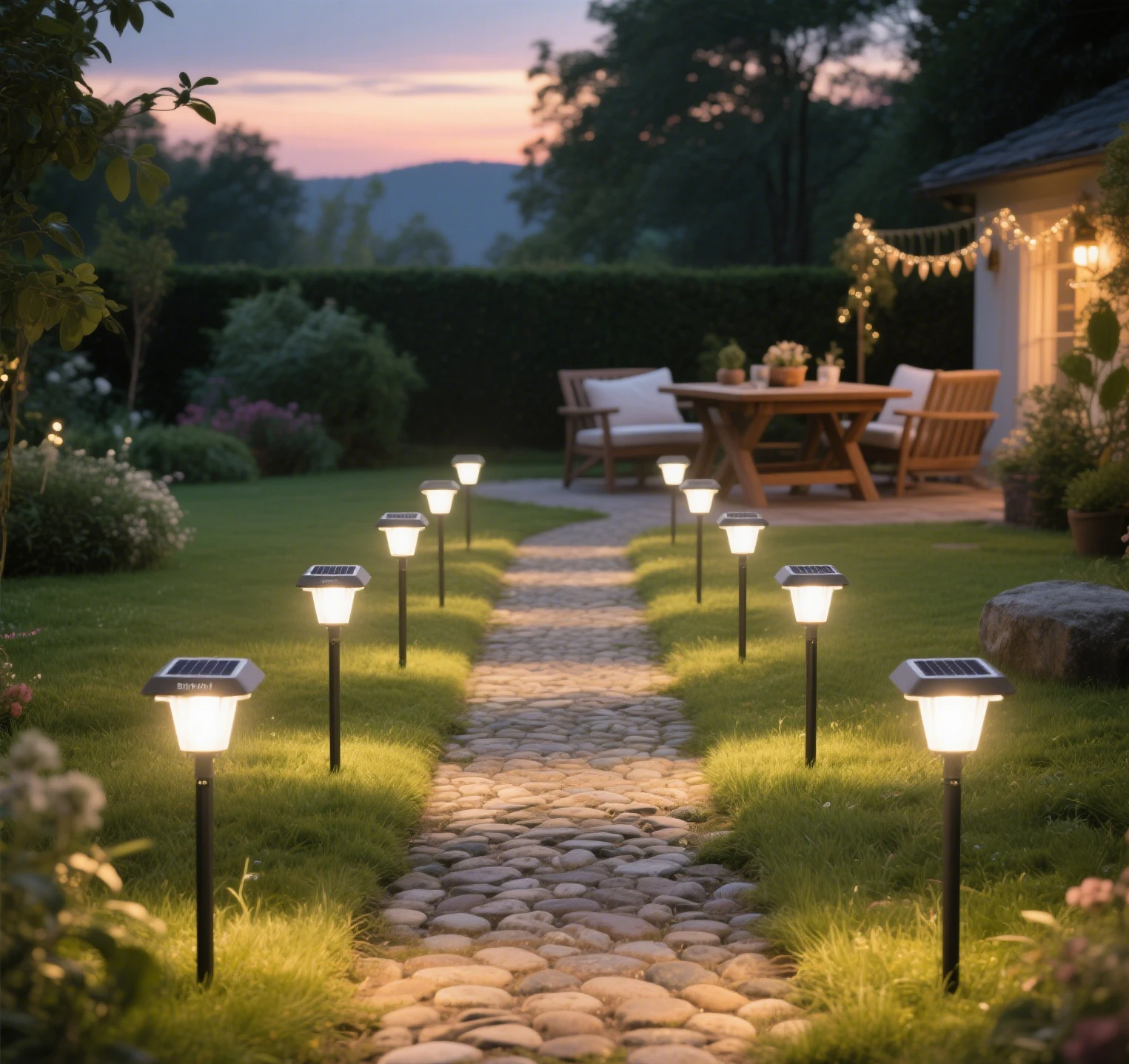The world stands at a crossroads. Climate change looms large, driven by relentless carbon emissions, and every choice counts. Solar street lights emerge as a quiet hero in this fight, blending practicality with planetary good. These sun-powered systems ditch fossil fuels, lighting streets without the guilt of greenhouse gases. Far from a niche experiment, they’re a proven tool for cutting emissions and reshaping how we power public spaces. The U.S. Environmental Protection Agency pegs traditional street lighting as a sneaky contributor to urban carbon loads—solar flips that script. This guide dives deep into their mechanics, benefits, and transformative potential, offering a richer look at why they matter now more than ever.

Decoding Solar Street Lights
Solar street lights harness daylight to banish darkness. At their core, photovoltaic panels soak up sunlight, converting it into electricity stored in batteries. Come nightfall, that energy fuels ultra-efficient LED bulbs, casting light across roads and sidewalks. A smart controller ties it all together, managing power flow for peak performance. No grid, no coal—just clean, renewable juice from above.
Anatomy of the System
Solar Panels: High-efficiency monocrystalline or polycrystalline slabs, often 20-50 watts, turn rays into watts.
Battery Storage: Lithium-ion or lead-acid units, sized 20-100 amp-hours, hoard energy for cloudy days and long nights.
LED Lights: Low-wattage (5-30W) diodes pump out 100-200 lumens per watt, outshining old bulbs.
Controller: A brain-box that tweaks charging, dims lights, or triggers motion sensors for efficiency.
This setup thrives on simplicity, yet delivers sophistication where it counts.
The Dirty Truth About Traditional Street Lights
Conventional street lighting leans hard on fossil fuels. Coal, gas, and oil fire up power plants to keep sodium-vapor or halogen bulbs humming, spewing carbon dioxide by the ton. The U.S. Energy Information Administration estimates that outdoor lighting guzzles over 40 billion kilowatt-hours yearly in the U.S. alone—enough to power 3.7 million homes. Manufacturing bulbs, poles, and wires adds more emissions, while light pollution scatters wildlife rhythms and strains human sleep cycles, per the National Institutes of Health. It’s a cycle of waste begging for disruption.
Carbon Cost Breakdown
A single 100-watt traditional light, burning 12 hours nightly, chews through 438 kWh annually. At 0.85 pounds of CO2 per kWh (EPA average), that’s 372 pounds of carbon per light, per year. Multiply by millions of lights nationwide, and the footprint balloons. Solar street lights? They clock in at zero operational emissions.
Why Solar Street Lights Win
Solar street lights don’t just dodge emissions—they rewrite the rules of outdoor illumination with benefits that stack up fast.
Endless Energy, Zero Guilt
Solar power flows free and infinite. The sun delivers 173,000 terawatts of energy daily, per NASA—more than humanity could ever tap. Solar street lights sip from that well, slashing reliance on dirty grids. One light might offset 370+ pounds of CO2 yearly, a small dent that scales massively with adoption.
Built Tough, Low Hassle
These systems shrug off wear. LEDs last 50,000 hours—20 times longer than sodium bulbs—while sealed batteries and rust-proof poles defy storms. Maintenance shrinks to occasional panel wipes, not rewiring jobs. A 2023 Lawrence Berkeley National Laboratory study found solar lights cut upkeep costs by 60% over a decade.
Money in the Bank
Upfront costs sting—$200-$500 per light versus $50-$150 for wired ones. But no electric bills and rare repairs flip the math. A city swapping 1,000 traditional lights saves $175,000 yearly on energy at $0.12 per kWh, per DOE estimates. Add tax breaks—like the U.S.’s 30% Investment Tax Credit through 2032—and payback hits in 3-5 years.
Safety and Smarts
Bright streets deter crime. The Bureau of Justice Statistics ties good lighting to 21% lower vandalism rates. Motion sensors spike lumens when needed, saving juice otherwise. Remote monitoring flags failures fast, keeping lights on and risks off.
How They Work, Step by Step
Solar street lights hum with elegant efficiency. Daylight floods panels, sparking electrons into motion via the photovoltaic effect. That current charges batteries—say, a 40Ah lithium pack—storing enough for 12-15 hours of light. Dusk triggers the controller, feeding power to LEDs. Smart systems tweak output, dimming at 3 a.m. or blazing when sensors catch movement. Cloudy days? Top-tier batteries hold 2-3 nights’ worth, no sweat.
Panel Power Play
Efficiency rules. Monocrystalline panels hit 22% conversion rates, squeezing more from every ray. A 30W panel in sunny Phoenix might churn out 150Wh daily—plenty for a 10W LED.
Battery Backbone
Lithium-ion reigns supreme, offering 80% discharge depth versus lead-acid’s 50%. A 24V, 30Ah unit powers a 20W light for two nights, per Solar Energy Industries Association specs.
LED Edge
LEDs sip power—10 watts can match a 70-watt halogen’s glow. Tunable whites (3000K-6000K) balance ambiance and visibility, cutting energy waste.
Types Tailored to Need
Solar street lights flex for any setting. Stand-alone units shine in rural voids, grid-tied ones backstop urban clouds, and hybrids blend solar with wind or diesel for relentless uptime.
Stand-Alone Stars
Off-grid champs, these rely solely on sun. A village in Kenya swapped kerosene lamps for 50W solar units, slashing fire risks and CO2 by 2 tons yearly.
Grid-Tied Grit
Tethered to power lines, they pull grid juice only when batteries dip. Perfect for Seattle’s gray winters.
Hybrid Heroes
Solar-wind combos in gusty plains or solar-diesel in remote mines ensure 24/7 light, trimming fossil use by 70%, per a 2024 DOE report.
Proof in Action
Real stories cement the case. Los Angeles swapped 140,000 lights for solar-LED hybrids by 2023, slicing emissions by 60,000 tons annually, per city data. In rural India, 10,000 solar lights lit untapped roads, boosting night markets and dropping kerosene use 85%. A Michigan suburb’s pilot cut energy bills $40,000 in year one, proving small shifts pay big.
Dollars and Sense
Economics seal the deal. A $300 solar light saves $50 yearly on power versus a $100 wired one eating $0.12/kWh. Over 10 years, that’s $500 saved, plus $200 in avoided repairs. Add a $90 tax credit, and the net cost dips below traditional setups. Cities snag grants—$1 million from the U.S. Department of Transportation in 2024—making mass adoption a no-brainer.
Green Gains, Deep Impact
Solar street lights shrink emissions fast. One unit offsets 0.18 tons of CO2 yearly; 10,000 lights save 1,800 tons—equal to 400 cars off the road, per EPA math. Coal stays in the ground, air clears, and cities edge toward carbon neutrality.
Challenges, Meet Solutions
Hurdles exist. High upfront costs daunt budgets, but loans and rebates ease the sting. Cloudy climates test batteries—answered by oversized panels and hybrid backups. Public skepticism fades with demos: a Texas town’s trial doubled support in six months.
Solar vs. Old School
Traditional lights bleed cash and carbon—$0.50 daily per light, 370 pounds of CO2 yearly. Solar’s $0 runtime and zero emissions dominate. Efficiency leaps—LEDs use 80% less power—and durability crushes fragile filaments.
The Road Ahead
Innovation accelerates. Perovskite panels promise 30% efficiency by 2026, per NREL. Smart grids tie solar lights to traffic sensors, slashing waste. Global uptake soars—India aims for 1 million lights by 2030, per its Ministry of New and Renewable Energy.
Picking Your Light
Choose wisely. Sunny spots need 20W panels; cloudy zones, 40W. Lithium beats lead for longevity. Motion sensors cut costs, per EnergySage reviews. Avoid skimping—cheap panels fade fast.
Solar street lights don’t just brighten nights—they lighten our planet’s load. Emissions drop, wallets fatten, and streets stay safe. The shift’s underway—join it.







Leave a Reply